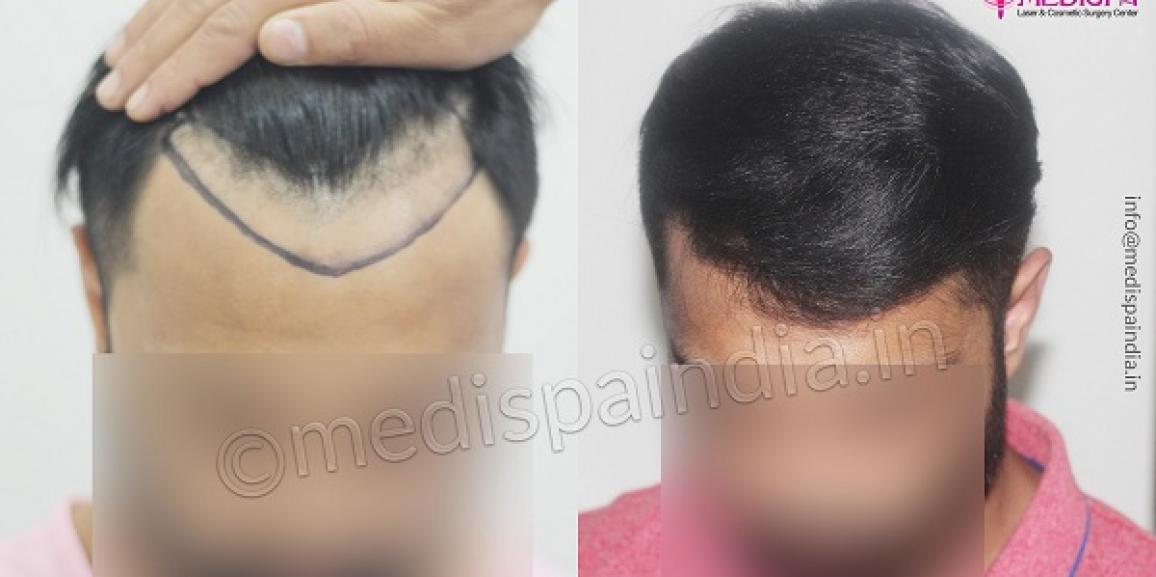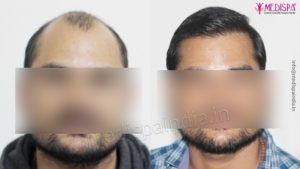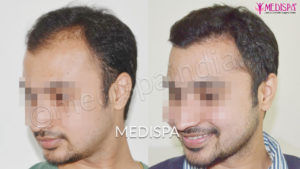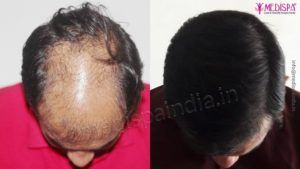
Any cosmetic procedure’s main goal is to be invisible, or to appear as natural as feasible. It goes without saying that if a cosmetic procedure may be seen in contrast to the rest of your look, it was poorly performed. The best and most natural-looking hair transplants are conducted in a way that makes it practically difficult to identify that one has been done; this is also true for hair transplants. A key element of this natural-looking appearance is the hairline pattern. One phase in the hair transplant procedure that makes sure the grafts are carefully spaced, angulated, and precisely aligned is hairline design.
Hair transplant in Gurgaon is becoming more popular as demand has increased significantly, but the majority of patients still choose to travel to Delhi, which is close by and provides hair transplant treatments from some of the most renowned doctors in the world with illustrious credentials and extensive expertise in the area. The hair transplant cost in Gurgaon is equivalent to that in Delhi, but the quality of the procedure cannot be compared because the surgeons in Delhi have far longer experience.
One such hair transplant clinic in India with a very high success rate of hair transplants is the Medispa hair transplant clinic in Delhi and Jaipur. We are one of the top hair transplant clinics in India, with a vast infrastructure and top-notch amenities.
The price of a hair transplant in India is already extremely reasonable, but the level of care received at each clinic differs. The Medispa hair transplant clinic is one of the top in the business and offers the greatest hair transplants at competitive prices.
How to get natural hairline design by Hair Restoration surgery?
Once you’ve decided on a skilled and reliable surgeon and a technologically cutting-edge clinic, you may anticipate the following considerations from your surgeon to provide a natural-looking hairline:
- Proper hair follicle angulations: Everybody has a unique pattern of hair angulation. The donor area’s hair follicles are angularly oriented correctly. Slits must be made so that correct angulations of hair grafts may be accomplished during transplantation since each hair in the natural hairline is oriented in a distinct direction.
- Non-linear hair graft arrangement: This error is usually made by insufficiently skilled or inexperienced hair surgeons, who line up the hair follicles, giving the patient’s head a doll-like or wig-like look. This is due to the uneven, zigzag pattern rather than the linear arrangement of hair follicles in a normal hairline. This information would be utilized and kept in mind by an expert hair transplant surgeon while designing a hairline.
- Proper hair graft placement: Thick hair grafts are placed at the rear lines, while thin hair grafts should be implanted in the front and surrounding temporal triangles. This arrangement ensures a natural-looking hairline and a fuller appearance, giving the bald region additional covering. The hairline should be progressive, with transitional zones, rather than starting or ending suddenly. In the initial rows, single grafts should always be utilised and should be laid out in a zigzag manner, with double and triple rooted grafts coming after.
- Pay Attention to the Extended Hairline zone: For hair transplantation to provide aesthetically pleasing outcomes, there must be an extended hairline zone that extends below the hairline. Most surgeons just focus on the front line or the transition zone, but attention to the extended hairline zone is essential to getting a hairline that looks natural. The extended hairline zone is made up of three zones: the transition zone, the defined zone, and the frontal tufts. It is necessary to use a sparse, gentle, and zigzag design in the transition zone. Last but not least, dense graft placement should be made in the frontal tufts. The designated zone needs higher density and fuller grafts.
How to achieve the fair hair density from hair transplant?
Let’s consider several potential methods for achieving the highest hair density coverage before considering hair transplantation. The following is an explanation of these tactics:
- Minimal damage to the hair grafts: If the hair transplant surgeon you’ve chosen is a perfectionist and professional, it goes without saying that there will be minimal damage to the hair transplants. This will eventually result in increased survival of the hair grafts, providing the highest possible hair density. The team of the hair transplant surgeon should handle the hair grafts extremely cautiously since these delicate, microscopic hair follicles are particularly vulnerable to harm. As the FUE hair transplant surgery is essentially blind, the hair grafts are more vulnerable to damage. For minimum hair damage, a competent surgeon must execute the operation.
- Selecting the best hair transplantation technique: FUT hair transplantation is often suggested if you want a high density hair transplant. This method allows for the collection of between 3000 and 3500 hair grafts. Thus, in order to do a hair transplant that provides great density, selecting the appropriate procedure is very essential.
- Posing the possibility of using an improved hair transplant technique: If the circumstances allow, there are cutting-edge procedures designed to do high density hair transplants. The finest ways to give more than 4000 hair grafts in a single session are combined techniques of FUT and FUE and FUT, FUE, and BHT. Even though a large number of hair grafts are harvested, these procedures allow for several sittings in situations with profound baldness or increasing hair loss.





